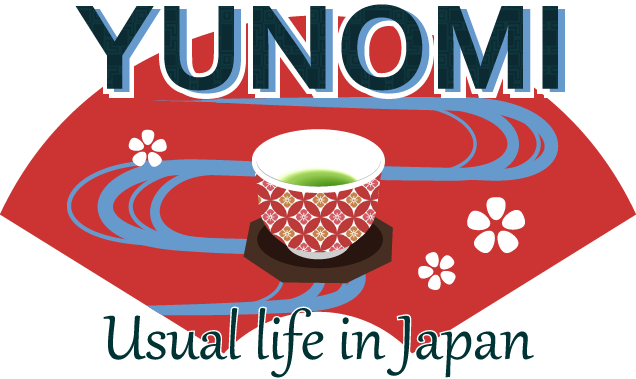Katsuobushi is dried, fermented, and smoked skipjack tuna (Katsuwonus pelamis).
It is also known as Bonito flakes when young bonito is used as a cheaper substitute for skipjack tuna.
Katsuobushi or similarly prepared fish is also known as okaka.
Until "Katsuobushi" is made ...

First, remove the head and internal organs of the raw bonito and grate it into 3 pieces. (Cut out the body on both sides centering on the bone)
The cut bonito are carefully arranged in a basket and boiled in a large kettle.
The reason for boiling is to sterilize, prevent spoilage, and speed up drying.
Boiled bonito is cooled in a well-ventilated place for about an hour.
Removes bones, skin, scales, dirt, subcutaneous fat, etc. to improve the mouthfeel and flavor.
It's a hassle, but repairs are important.
If there is a scratch, it will crack or break, so we will embed the paste-like body.
fumigation work
After shaping, smoke the bonito lined up in a bamboo steamer.
Use dried hardwoods such as cherry, oak, beech and oak.
The role of this work
"Dry"
"Add flavor"
"Antibacterial / antioxidant effect"
"Proteolysis"
At night, the fire is turned off and a process called "Anjo" is performed to even out the water in the bonito.
Repeat for 10 to 12 days to complete the "Arabushi".
Shaving
After exposing "Arabushi" to sunlight for half a day to a day, pack it in a box and leave it for another 2-3 days.
When the surface becomes damp, start the <shaving> work.
The tar on the surface is scraped off, and the fat that has exuded while shaping the shape is also removed.
The bonito that was pitch black turns into a beautiful reddish brown.
Mold makes "Katsuobushi" delicious!
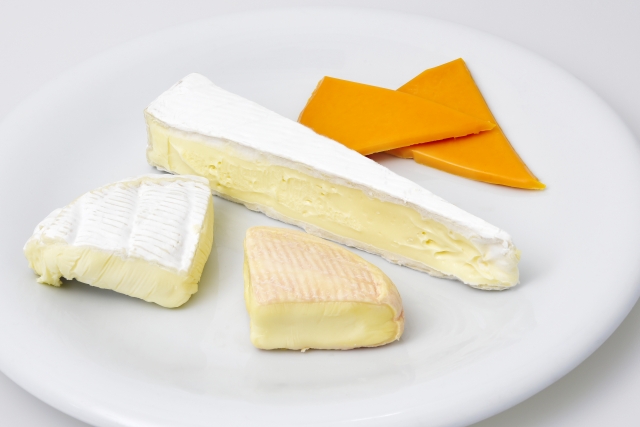
Katsuobushi is a fermented food that makes effective use of multiple molds.
By attaching mold to the bonito, it transforms into "katsuobushi".
The process of adhering mold is similar to cheese and has the important function of improving storage stability and creating a unique flavor and taste.
Changes due to blue mold
(1) Due to the activity of mold, water is absorbed from the center of the bonito, so the whole bonito dries.
(2) Prevents the outbreak of other harmful bacteria.
(3) The fishy odor of the fat leached on the surface is removed by the lipolytic power of blue mold and converted into fatty acids to make the fat water-soluble and produce umami.
(4) Degradation of proteins by mold produces umami by amino acids and other nitrogen oxides.
(5) Free fatty acids increase by decomposing neutral fat with the lipolytic power of mold.
You can make a transparent "dashi".
Adhere blue mold
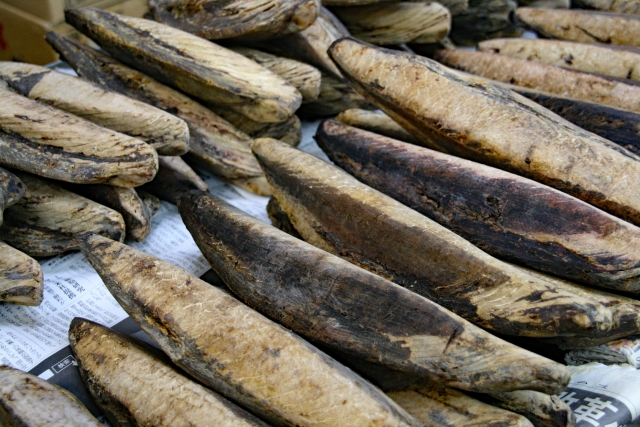
Roughly scrape the surface of "Arabushi" to make it easier for mold to grow.
We inoculate the excellent blue mold (patented) exclusively for Katsuobushi, which has been confirmed to be safe and store it in a room where temperature and humidity are controlled (Muro).
In the "blue mold storage", the room temperature is kept at 25-26 ℃ and the humidity is kept at 85-90%.
Dozens of types of mold grow on the surface of bonito, and the whole is covered with blue mold in 16 to 17 days.
Remove the moldy bonito from the mold room together with the container, dry it outdoors for about 2 days in the sun, and then brush off the mold on the surface.
Dry in a well-ventilated shade to cool down, then repack in a container and return to the mold room.
Second mold
After about 2 weeks, the gray "second mold" will be attached, so remove it with a brush again, allow it to cool, pack it in a container, cover it, and move it to the mold room.
Third mold
If "third mold" grows, I will wipe it off again. This time, do not return it to the mold room, but leave it in the open air and wait for the mold to grow.
After that, it is dried in the sun and becomes a very dry dried Katuobushi.
Complete
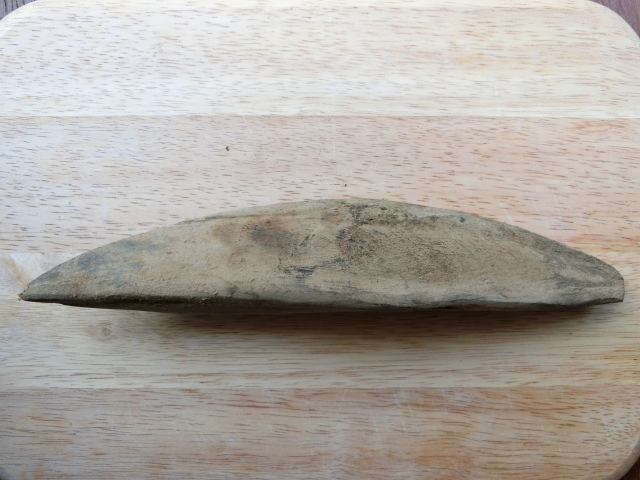
It is a product called "hon-karebushi", but the manufacturing process takes about 120 days.
When it comes to "hon-karebushi", the final water content drops to 12 to 15%, and 5 kg of bonito weighs 800 to 900 g. (Approximately 1/6 by weight)
How to use "Katsuobushi"


"Katsuobushi" is very dry and hard.
It is used by shaving it thinly using a tool called "Kanna", which has the same structure as a woodworking tool.
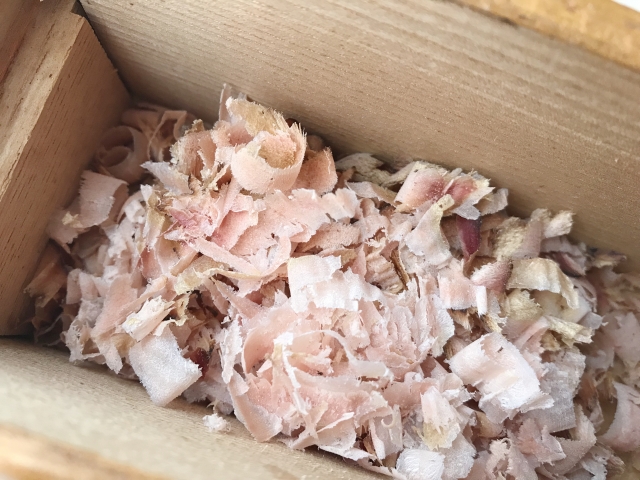
Make soup stock: Dashi
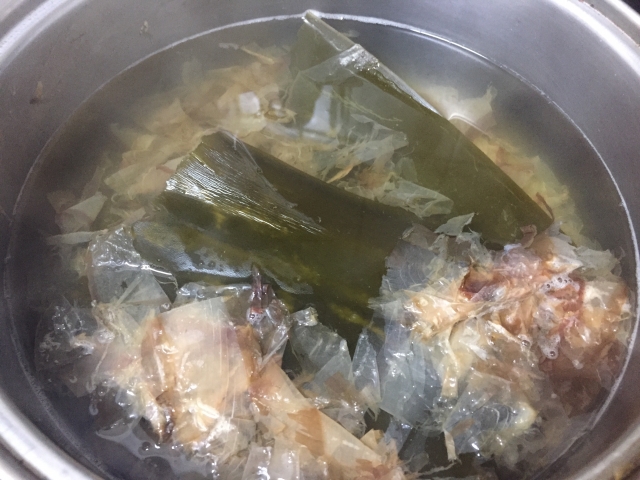
There is only one cooking method in Japan to make soup stock with "Katsuobushi".
Soy sauce and miso came from China, but "Katsuobushi" was originally developed in Japan and can be said to be the root of Japanese seasonings.
Shaved Katsuobushi and dried kelp - kombu - are the main ingredients of dashi, a broth that forms the basis of many soups (such as miso) and sauces (e.g., soba no tsukejiru) in Japanese cuisine.
Katsuobushi's distinct umami taste comes from its high inosinic acid content.
Traditionally made katsuobushi, known as karebushi, is deliberately planted with Aspergillus glaucus fungus in order to reduce moisture.
Put on top of the dish
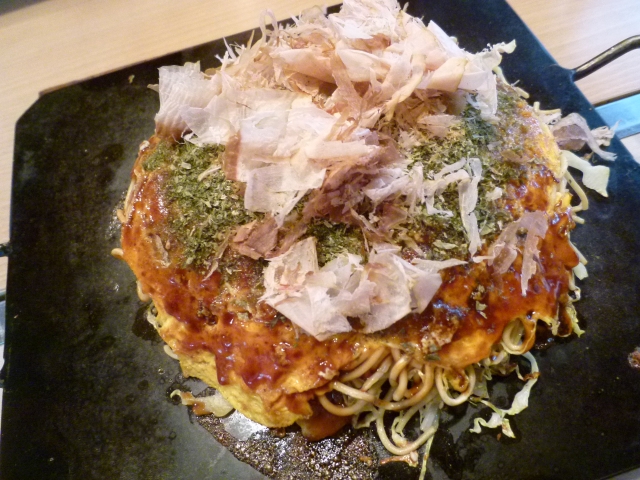
Upon being placed on hot food, the heat waves cause the thin and light katsuobushi to move about, giving it a special aesthetic look. It is placed on pizzas to make the top of the pizza seem alive with the "dancing" katsuobushi.
It is served alongside spring onions, ginger and garlic and seasoned with salt or soya sauce with vinegar and citrus.
Katsuobushi is today typically found in bags of small pink-brown shavings.
Smaller, thinner shavings, called hanakatsuo are used as a flavoring and topping for many Japanese dishes, such as okonomiyaki.
Larger, thicker shavings, called kezurikatsuo are used to make the ubiquitous dashi stock.
In addition to making dashi, other popular uses of katsuobushi include -
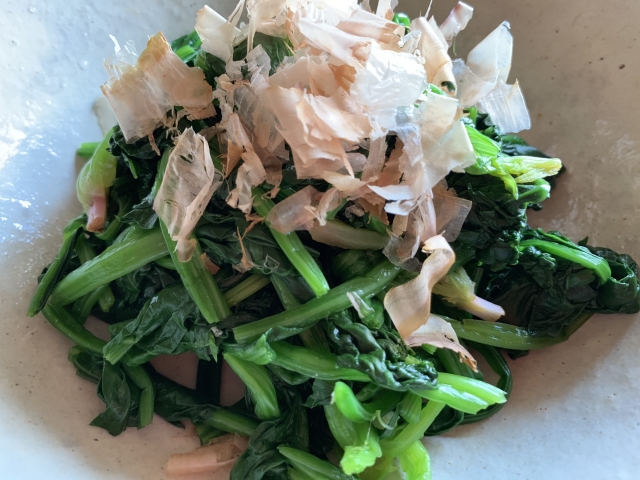
Okaka finely chopped katsuobushi dressed with soy sauce.
As a stuffing for rice balls (onigiri).
As a topping for rice. Popular for bentō, often covered with strips of laver.
Dried okaka is used as an ingredient of furikake rice topping (called "okaka furikake").
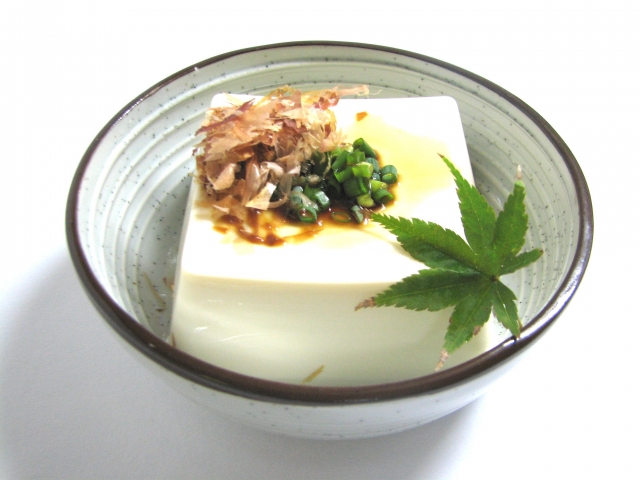
As a seasoning for cold tofu (hiyayakko) along with grated ginger and Welsh onion (a type of spring onion).
Sprinkled with sesame seeds and chopped laver atop cold soba noodles (zarusoba).
As a topping on takoyaki and okonomiyaki.
As a seasoning on century egg along with sesame oil and soy sauce.
As a high-protein treat for cats sold at pet stores.
As a topping for ramen mixed with salt.
Katsuobushi Potential Health Risks

The mycotoxin beta-nitropropionic acid has been found on katsuobushi as well as miso and soy sauce, two other Japanese fungal fermented products. Certain strains of A. glaucus are reported to produce mycotoxins.
Due to the smoking process which involves tar and charcoal, amounts of Benzopyrene exceeding EU standards, as much as 37μg per kilogram, have been detected in commercially sold katsuobushi.
As a result, they have been banned for sales in the European Union.
*An interesting point to note - The title of John Lennon's 1975 compilation album ‘Shaved Fish ‘ refers to Katsuobushi.
Try it
Since it is "Katsuobushi" processed into flakes, it can be used immediately for cooking.
Honkarebushi
If you want to know the true flavor and taste, you should choose "Honkarebushi".
